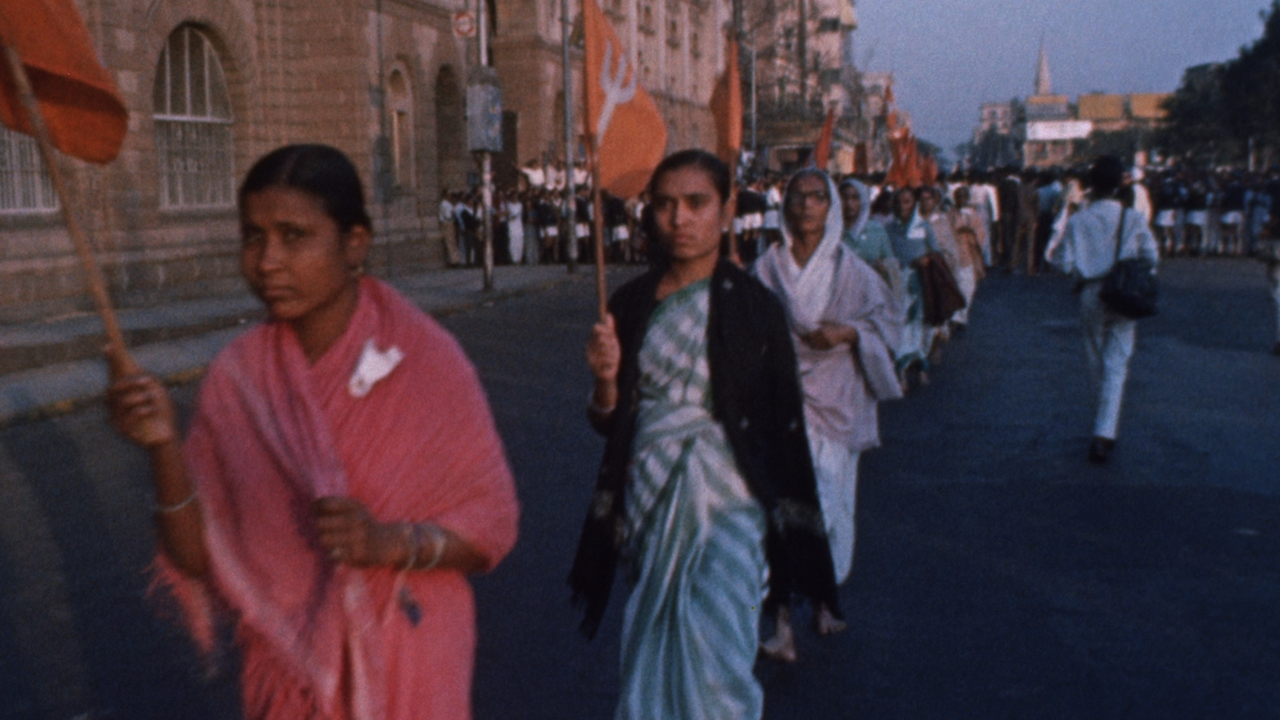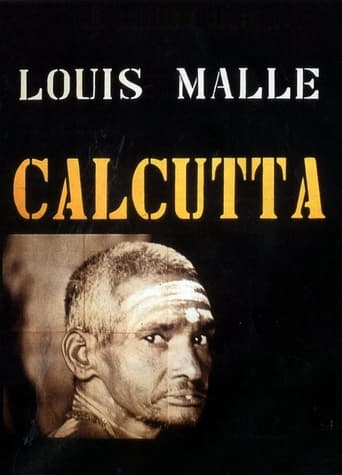

Reading the IMDb reviews I was surprised that some were so negative about the film and cynical about its agenda. One review chose to attack the USA as part of their consideration of the film yet had the reviewer watched closely they would realise there was some irony in the fact that the soybean oil cans were labelled in 17 languages to reinforce that they had been donated by Americans. The film had lots of implicit criticism.The main criticisms of the film were reserved for British colonialism and the heritage it bequeathed, which was to be found alive and well in the economic elite of Calcutta. Most of the film showed ordinary people in varying states of poverty, working, cleaning and celebrating and/or worshipping. It offered special mention at times for the excluded, e.g. the lepers, the migrants from Bihari and Madras to name some. What this film does is include as many of the people who comprised the population of Calcutta in 1968 and it's not always a pretty sight. But the city is complex.Some favourite moments: One, the jute situation. Under British rule part of the then city grew the plants from which jute is made and the other part contained the factories for its processing. Post-colonialism and the eastern part of the city, containing the farmed jute plants, became Bangladesh, or East Bengal as it's referred to in the film. The factories remained in India. So Calcutta's municipality divided the land formerly used for rice giving half of it to grow jute plants. The consequence for the population was not enough rice to feed the population! A great illustration of the ludicrousness created by partition and the effects it has on the poor.Two, manual labour. It was plentiful in Calcutta at rock bottom costs and so the unions were keen to discourage technological advance as it would threaten employment. Meanwhile the people are working very hard for pittances. How would one resolve this? Well that's a hypothetical question as technology has advanced nonetheless.Three, the clay potter in one of Calcutta's slums. A moment of genuine and serene beauty; watching the man artfully spin his potter's wheel and then so deftly remove parts of the clay he's formed into perfect cups. The cups are then stored on the roof of the hut to dry out thereby providing a decorative temporary roof. Temporality was one of the spiritual themes of the film.Finally, another complaint in one of the reviews was that the film intruded on subjects' privacy. There were moments when a person spotted being filmed and tried to cover themselves. So there's some legitimacy to this criticism. BUT I wonder if the reviewer picked up this minor detail - and it was minor as most subjects were curious about the camera - because they did not want to see certain people in certain states. The camera in the film lingers on its subjects but it spent time looking with attention. Whether the attention was on faces and hands ravaged by leprosy, a man washing himself in public view, or guests at a bourgeois wedding eating. The camera attended to its subject.If you have the opportunity to see the film then take it, as it's not easy to get hold of. I have it as part of the Eclipse volume 2box set of Malle's documentaries. The set includes Malle's lengthy documentary called Phantom India. The footage he used in Calcutta was to form part of Phantom India but when he saw what he filmed he realised it was so compelling that it deserved to be a film in its own right.
... View MoreFrench director Louis Malle's feature length documentary "Calcutta" would turn out to be a harrowing experience for anyone who is interested in serious cinema.It is not the depiction of abject poverty which is shocking but the manner in which this film was shot is quite revolting.Etienne Becker's camera did not show least bit of concern for his subjects as their privacy was violated in many ways.It felt as if some intruders were hell bent on snatching moments of innocence from common people.This disputatious position would surely play a leading role in polarizing viewers.It can be surmised that even hardcore documentary cinema admirers would doubt this film's neutrality as it appears much too prejudiced.Louis Malle has not been able to strike a fine balance between what he personally experienced in Calcutta and what Calcutta really had to offer.This is one of the reasons why he chose to highlight what he experienced more than what was being offered.As this is a documentary with minimal commentary,viewers would be forced to draw their own conclusions.City of Calcutta is synonymous with its strong political stance.This aspect of Calcutta has been depicted by Louis Malle in a very light manner.This film's few moments of relief were filmed only when Louis Malle chose to become a sociologist.Those are the moments which would please audiences not accustomed to the depiction of anything controversial.
... View MoreThis is one sick & dark Documentary! Seems like they were bent upon finding & filming all the Hell that lurks in any other place, here Calcutta! Now,that place has undergone a radical transformation, first-has got its original & proper non-Englished name- " Kolkata " ..& has now,got all its positivity & charms of a sparkling Big city-all for the Better! It was Feb'1968,when the film was shot & its now 2008, more than 40 years has elapsed & generations have changed & so has the city! To all apparent views, the documentary throughout,is very vague & highlights all the abject & absolute poverty in parts of the city without any justifiable reasons for the horrid truth & chaotic state of existence of the time.It is but a failure in finding to analyze the intricacies of the soul & mind of the great city striving to survive with its millions & exponentially growing populace for more than 300 yrs!Inspite of its chaotic portrayal & shock value, the film is incomplete,with it's skewed point of view like many other superfluous mindset & skin deep research of the white skinned western world, would so much want to believe! No pity for the others & to each Best of its own-the Great Grand Kolkata lives & breathes in full life in its very own wonderful World today!!!There are many a things that does NOT meets the eye & to find that hidden beauty there,give yourself a visit to "Kolkata".
... View MoreI had the opportunity to watch about 3/4 of Louis Malle's documentary Calcutta during a history class that dealt with historical and modern slums. The movie is a hard film to watch at times due to the display of human suffering throughout the movie. As mentioned in the plot outline, there is little commentary or written dialogue in the film and you are given the raw picture, with some sound, of one of the largest and poorest slums in the world. The imagery is hard to take at times. I saw the film roughly three years ago and there are still two scenes which I vividly remember. One is a dramatic funeral scene where members of a woman's family cremate her in the middle of a street. The other was of a small child, with no clothes or shoes, standing next to filthy streams of water that ran through the slums. Despite being produced almost 40 years ago, Calcutta deals with urban planning issues that are still prevalent today. There are still places like Lagos, the City of the Dead, and Karachi where slums and ghettos exist and exact a terrible toll on those who live there. This is an excellent movie for anyone who is concerned with urban planning and the global impact of slums, but not for the light-hearted.
... View More